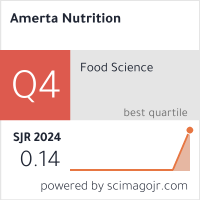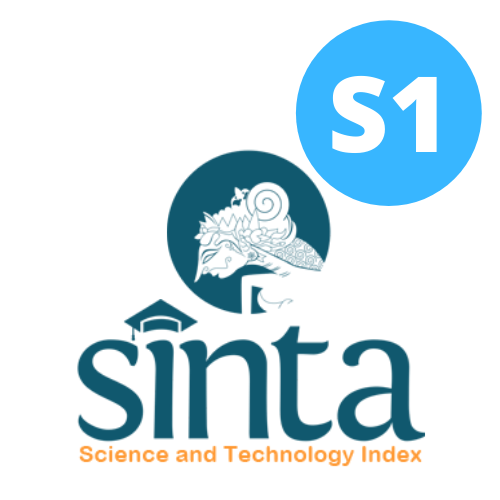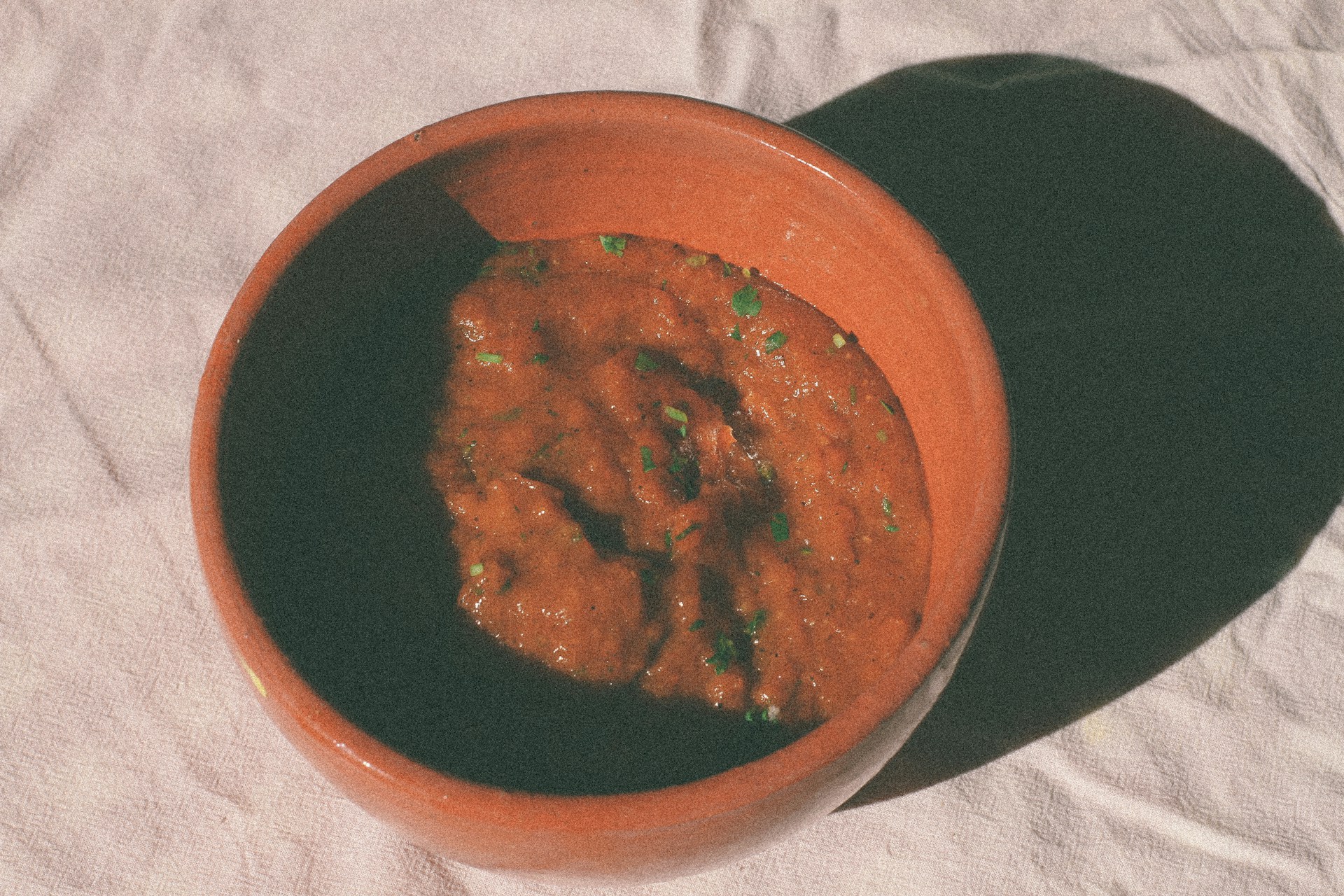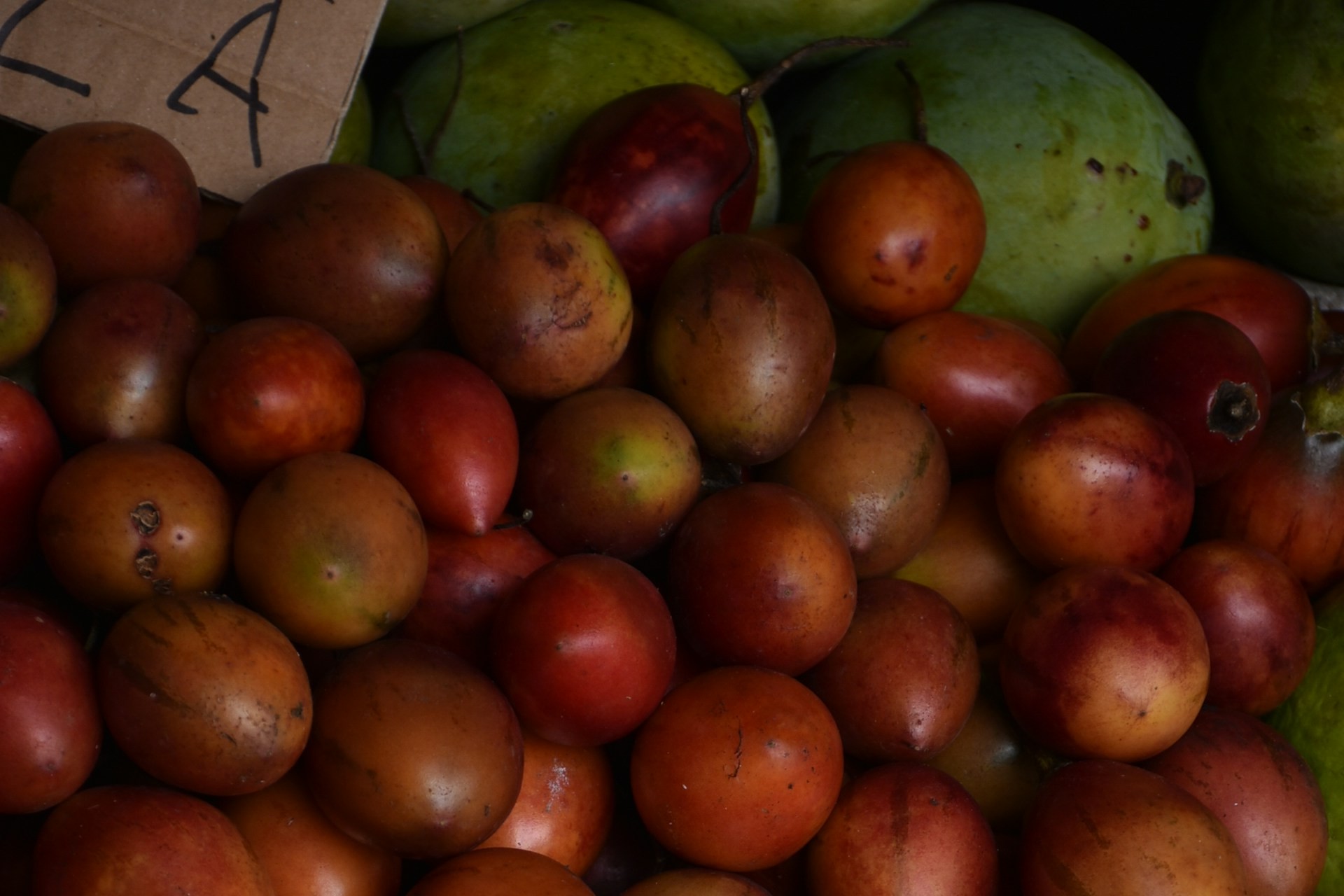Analisis Kandungan Natrium pada Snack Asin Komersial dan Kontribusinya terhadap Asupan Garam Harian: Survei Pasar di Surabaya Timur
Analisis Kandungan Natrium pada Snack Asin Komersial dan Kontribusinya terhadap Asupan Garam Harian: Survei Pasar di Surabaya Timur
Background: Nearly the entire global population consumes excessive sodium. A food in sodium is salty snacks. Excessive sodium consumption can cause health problems such as hypertension, heart disease, stroke, and obesity. Salty snacks are popular and are frequently consumed and favored by the public.
Objectives: To identify various commercial salty snack products and analyze their sodium content as well as their contribution to daily sodium and salt intake.
Methods: The study was conducted through a survey of 32 commercial salty snacks produced in Indonesia and labeled with nutrition information. Products were collected from three supermarkets in East Surabaya—Superindo, Indomaret, and Alfamart, using a convenience sampling method. The survey was only conducted on small or medium packages of each product brand and variant so was limited.
Results: A total of 32 salty snack products were identified and categorized into chips, light snacks, sticks and crackers, and nuts. The highest sodium content was 1394,4 mg per 100 g found in the sticks and crackers, which accounted for 50% of the daily sodium requirement. The average sodium content in other categories ranged around 500 mg, fulfilling 20-30% of the daily sodium.
Conclusions: Commercial salty snack products are widely available in the market and generally contain high sodium levels. Attention to nutritional labeling, particularly sodium content, is essential in managing daily sodium and salt intake. In addition, the implementation of regulations or legislation regarding sodium labeling restrictions on salty snack products in Indonesia is necessary.
Farapti, Aghnaita Firda Prasetyo, C. F. The Role of Salt (Sodium) in Health from Food to Clinical Aspects. (Airlangga University Press, 2023). Available at: https://books.google.com/books/about/PERAN_GARAM_NATRIUM_PADA_KESEHATAN_Dari.html?id=wdLREAAAQBAJ.
Furqonia, A. W., Farapti, F. & Notobroto, H. B. Is Excess Sodium Intake a Risk Factor for Overweight?: A Systematic Review. Amerta Nutr. 7, 459–467 (2023). https://doi.org/10.20473/amnt.v7i3.2023.459-467.
Astutik, E., Farapti, F., Tama, T. D. & Puspikawati, S. I. Differences risk factors for hypertension among elderly woman in rural and urban Indonesia. Yale J. Biol. Med. 94, 407–415 (2021). Available at: https://www.ncbi.nlm.nih.gov/pmc/articles/PMC8461578/.
Farapti, F. et al. Community-level dietary intake of sodium, potassium, and sodium-to-potassium ratio as a global public health problem: a systematic review and meta-analysis. F1000Research 11, 953 (2022). https://doi.org/10.12688/f1000research.122560.3.
Prihatini, S., Permaesih, D., & Julianti, E. D. Sodium intake of Indonesian population: Analysis of individual food consumption survey (SKMI) data 2014. Indones. Nutr. 39, 15–24 (2016). https://doi.org/10.36457/gizindo.v39i1.205
Timic, J. B. et al. A cross-sectional survey of salty snack consumption among serbian urban-living students and their contribution to salt intake. Nutrients 12, 1–13 (2020). https://doi.org/10.3390/nu12113290.
Alan Warde & Luke Wates. Understanding Eating Events: Snacks and Meal Patterns in Great Britain. Food, Cult. Soc. 20, 15–36 (2017). https://doi.org/10.1080/15528014.2016.1243763.
Ortiz-Hernández, L. & Gómez-Tello, B. L. Food consumption in Mexican adolescents. Rev. Panam. Salud Publica/Pan Am. J. Public Heal. 24, 127–135 (2008). https://doi.org/10.1590/S1020-49892008000800007.
Baussa, Aurora Williams, and S. C. K. Chile-Country Commercial Guide. (2023). Available at: https://www.trade.gov/country-commercial-guides/chile-mining.
Europion Union. Defining dietary salt and sodium - examples of implemented policies addressing salt reduction. Knowledge for polic. (2021). Available at: https://knowledge4policy.ec.europa.eu/health-promotion-knowledge-gateway/defining-dietary-salt-sodium-table-6_en.
Alissa M. Pries, Suzanne Filteau, E. L. F. Snack food and beverage consumption and young childnutrition in low‐ and middle‐income countries: A systematicreview. Matern. Child Nutr. 15, (2019). https://doi.org/10.1111/mcn.12729.
Syifadhiya, Q. & Farapti, F. Association between Salty Taste Threshold and Hypertension among Adolescents in Surabaya. Amerta Nutr. 7, 487–493 (2023). https://doi.org/10.20473/amnt.v7i4.2023.487-493.
Rohayati. Factors Related to the Implementation of the Lunch Program at Al Muslim Tambun Elementary School. Unnes J. Public Heal. 3, 1–9 (2014). https://doi.org/10.15294/ujph.v3i3.5517.
Raudhatusabrina, Salma, Herri S. Sastramihardja, and W. S. Relationship between Snack Consumption Patterns and Stunting in Grade 1-2 Children of SDN 036 Ujungberung, Bandung City. Sari Pediatr. J. 23, 121–128 (2021). http://dx.doi.org/10.14238/sp23.2.2021.
Scarpelli, D. Q., Fernandes, A. C. P., Osiac, L. R. & Quevedo, T. P. Labeling and Advertising Law in Chile : Nutrients 12, 1–13 (2020). https://doi.org/10.3390/nu12082371.
Darmawan, Hasbullah, Abdullah Tamrin, and N. N. The Relationship Between Sodium Intake and Nutritional Status and Hypertension Levels in Outpatients at Makassar City Hospital. Food Nutr. Media 25, 11–17 (2018). https://doi.org/10.32382/mgp.v25i1.52.
Moosavian, Seyedeh Parisa, Fahimeh Haghighatdoost, Pamela J. Surkan, and L. A. Salt and obesity: a systematic review and meta-analysis of observational studies. Int. J. Food Sci. Nutr. 68, 265–277 (2016). https://doi.org/10.1080/09637486.2016.1239700.
Turana, Y. et al. Hypertension and stroke in Asia: A comprehensive review from HOPE Asia. J. Clin. Hypertens. 23, 513–521 (2021). https://doi.org/10.1111/jch.14099.
Maharani, A. et al. Cardiovascular disease risk factor prevalence and estimated 10-year cardiovascular risk scores in Indonesia: The SMARThealth Extend study. PLoS One 14, 1–13 (2019). https://doi.org/10.1371/journal.pone.0215219.
Eleanore Alexander, Lainie Rutkow, Kimberly A Gudzune, Joanna E Cohen, E. E. M. Sodium menu labelling: priorities for research and policy. Public Health Nutr. 24, 1542–1551 (2021). https://doi.org/10.1017/S1368980020003961.
Hill, A., Nara, D. A., Sorscher, S., Musicus, A. A. & Lurie, P. How Salty Is Too Salty? Designing Sodium Warning Label Policies to Identify High-Sodium Items on Restaurant Menus in the United States. Nutrients 16, (2024). https://doi.org/10.3390/nu16121797.
Bleich, S. N. et al. A Systematic Review of Calorie Labeling and Modified Calorie Labeling Interventions: Impact on Consumer and Restaurant Behavior. Obesity 25, 2018–2044 (2017). https://doi.org/10.1002/oby.21940.
Farapti, F and Sari, AN and Fadilla, C and Nor, NM and Issa, ZM and Aziz, S. Sweet and salt taste sensitivity in children and elderly and its correlation with obesity and hypertension. Food Res. 8, 253–261 (2024). https://doi.org/10.26656/fr.2017.8(5).050.
Farapti, F., Sari, A. N., Fadilla, C. & Issa, Z. M. Association between taste sensitivity, taste preference, and obesity: study of healthy snacks in children aged 9–14 years. Food Prod. Process. Nutr. 6, (2024). https://doi.org/10.1186/s43014-023-00199-0.
Copyright (c) 2025 Amerta Nutrition

This work is licensed under a Creative Commons Attribution-ShareAlike 4.0 International License.
AMERTA NUTR by Unair is licensed under a Creative Commons Attribution-ShareAlike 4.0 International License.
1. The journal allows the author to hold the copyright of the article without restrictions.
2. The journal allows the author(s) to retain publishing rights without restrictions
3. The legal formal aspect of journal publication accessibility refers to Creative Commons Attribution Share-Alike (CC BY-SA).
4. The Creative Commons Attribution Share-Alike (CC BY-SA) license allows re-distribution and re-use of a licensed work on the conditions that the creator is appropriately credited and that any derivative work is made available under "the same, similar or a compatible license”. Other than the conditions mentioned above, the editorial board is not responsible for copyright violation.












































